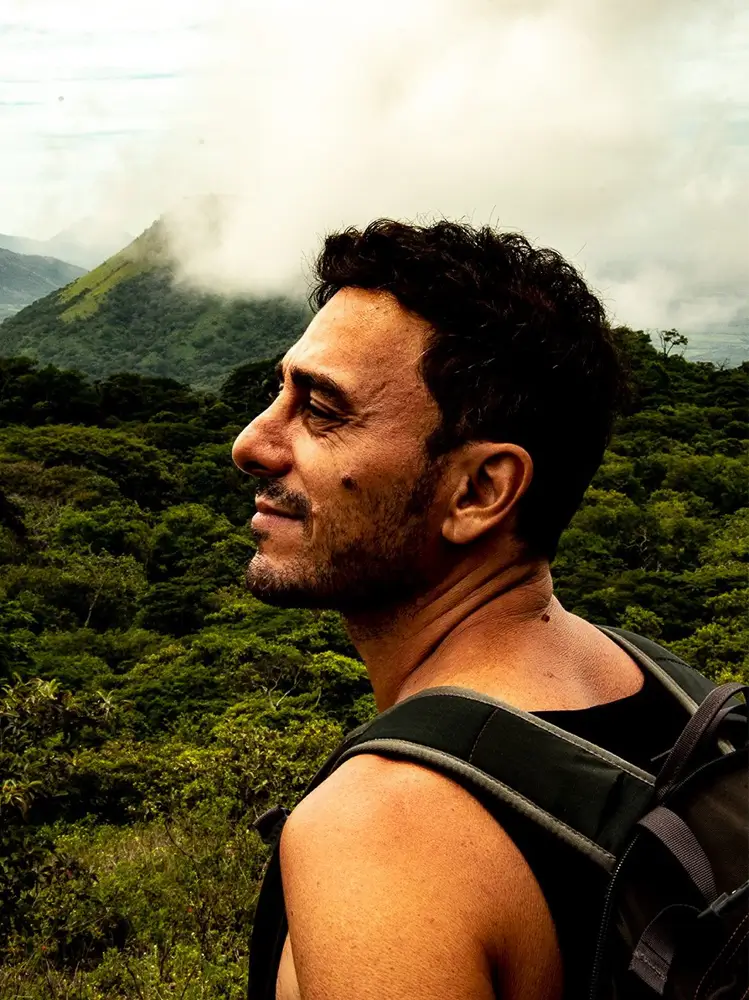Born and raised in Italy, Nicola Balestrazzi has worked in London as a trader in the financial sector. His love for photography and travels pushed him to undertake photography full time since 2022, dedicating more time exploring the world and shooting what satisfies his curiosity and stimulates his sight. He favors street and documentary/social photography, and more generally everything that documents human life and the surrounding environment.
My Work
I photograph what draws my attention to, from people to the beauty of nature, patterns, shapes, shadows, reflections, colors and light. Lately, my focus has been mainly on people: I feel the need to capture the humanity in them. I enjoy to watch how other human beings conduct themselves. I like to catch people staring, laughing, having fun, showing pain, when they are doing something that surprise me, often being oblivious to everything around them, catching them in off guard moments.
I love being on the road and traveling without a predetermined purpose, usually. In the past few years, I have been attracted by the juxtaposition between traditions and modernity caught in a fast, ever-changing world. For this purpose, I started a long-term project on Mexicans and on India. They are mainly street photography projects, both colors and black & white, but with some documental and social elements in them. Being self-taught, my process is one of instinct rather than of intellect or thought. I don’t try to control, or stage anything. The idea is to collect as many interesting pictures as possible, and then figure out how to build a sequence and a narrative that reflect the main theme of modernity vs. tradition.
